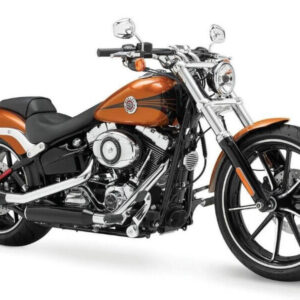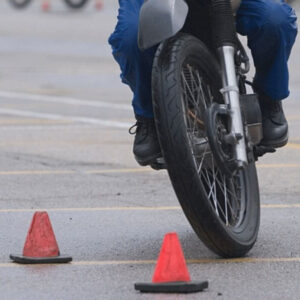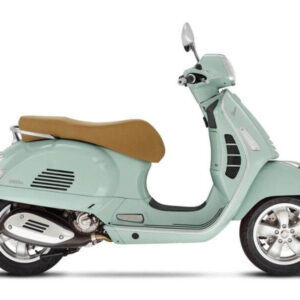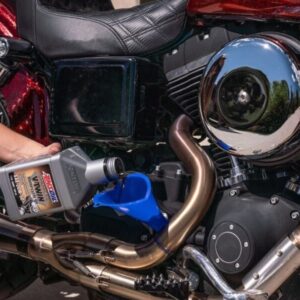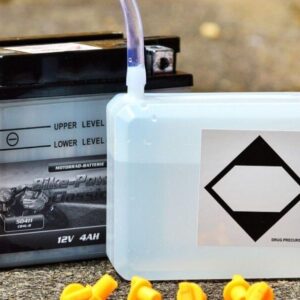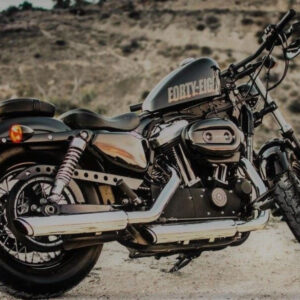How does a DC motor work? DC electric motors offer a combination of unique performance capabilities and a simplicity of control that makes them hard to beat for variable-speed applications.
While AC motors and controls have developed recently to the point of competing with many of its strengths, the DC electric motor remains prevalent in many industries, especially when a compact, efficient, and highly responsive motor is required.
What is a DC Motor?
A direct current (DC) motor is a type of electric machine that converts electrical energy into mechanical energy. DC motors take electrical power through direct current, and convert this energy into mechanical rotation.
DC motors use magnetic fields that occur from the electrical currents generated, which powers the movement of a rotor fixed within the output shaft. The output torque and speed depends upon both the electrical input and the design of the motor.
How does a DC motor work?
The term ‘DC motor’ is used to refer to any rotary electrical machine that converts direct current electrical energy into mechanical energy. DC motors can vary in size and power from small motors in toys and appliances to large mechanisms that power vehicles, pull elevators and hoists, and drive steel rolling mills. But how do DC motors work?

DC motors include two key components: a stator and an armature. The stator is the stationary part of a motor, while the armature rotates. In a DC motor, the stator provides a rotating magnetic field that drives the armature to rotate.
A simple DC motor uses a stationary set of magnets in the stator, and a coil of wire with a current running through it to generate an electromagnetic field aligned with the centre of the coil. One or more windings of insulated wire are wrapped around the core of the motor to concentrate the magnetic field.
The windings of insulated wire are connected to a commutator (a rotary electrical switch), that applies an electrical current to the windings. The commutator allows each armature coil to be energised in turn, creating a steady rotating force (known as torque).
When the coils are turned on and off in sequence, a rotating magnetic field is created that interacts with the differing fields of the stationary magnets in the stator to create torque, which causes it to rotate.
These key operating principles of DC motors allow them to convert the electrical energy from direct current into mechanical energy through the rotating movement, which can then be used for the propulsion of objects.
Who invented the DC motor?
This amazing piece of electrical equipment has revolutionised our lives in many ways, but who invented the DC motor? As with all major innovations, there are many people who had a role to play through the development of similar mechanisms.
In the US, Thomas Davenport is widely celebrated as the inventor of the first electric motor, and undoubtedly he was the first to patent a useable electric motor in 1837. Davenport, however, was not the first person to build an electric motor, with various inventors in Europe having already developed more powerful versions by the time Davenport filed his patent.
In 1834, Moritz Jacobi had presented a motor that was three times as powerful as the one Davenport would later patent, while Sibrandus Stratingh and Christopher Becker were the first to demonstrate a practical application for an electric motor, by running a small model car in 1835.
The first practical DC motor was invented some years later in 1886 by Frank Julian Sprague, whose invention lead to the first motor powered trolley system in 1887, and the first electric elevator in 1892. Sprague’s DC motor was a hugely significant development, leading to a variety of applications which would reshape the face of industry and manufacturing.
Types of DC motors
In order to appreciate the benefits of DC motors, it is important to understand the various types. Each type of DC motor has beneficial characteristics that must be examined before purchase and use. Two of the main advantages of DC motors over alternating current (AC) motors are how easy they are to install and that they require little maintenance.
DC motors are differentiated by the connections between the field winding and the armature. The field winding can be connected parallel to the armature or connected in a series. In some cases, the connection is both parallel and in a series.
A further distinction of DC motors is how the rotor is powered; it can be brushed or brushless. In brush DC motors, current is applied to the rotor by brushes. In a brushless DC motor, the rotor has a permanent magnet.
Since DC motors are everywhere and used for a wide variety of applications, there is a different type to meet the needs of every application. Regardless of your need for DC motors, it is important to understand each type since they can be found in every aspect of life.
Brushed DC Motor
The magnetic field in a brush DC motor is produced by current sent through a commutator and brush that are connected to the rotor. Brushes are made of carbon and can be separately excited or self excited.
The stator is the enclosure that contains the components of the motor and contains the magnetic field. The winding of the coil on the rotor can be in a series or parallel to form either a series wound DC motor or shunt wound DC motor.
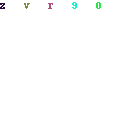
The commutator is an electrical switch that reverses the current between the rotor and the external power source. It is a method of applying electrical current to the windings and produces a steady rotating torque by reversing the current direction. The sections of the commutator are attached to the windings on the rotor through a set of contact bars that are set in the shaft of the motor.
There are three main types of DC motors: separately excited, self excited, or permanent magnet. In the separately excited and self excited, an electromagnet is used in the stator structure. With the permanent magnet type, a powerful magnet generates the magnetic field.
Self excited DC motors are further divided into shunt, series, and compound. The compound excited type is separated into cumulative and differential with short and long shunts in each type.
Separately Excited DC Motor
In a separately excited DC motor, the motor has separate electrical supplies to the armature winding and field winding, which are electrically separate from each other. The operations of the armature current and field current do not interfere with each other‘s actions, but the input power is their total sum.
Permanent Magnet DC Motor
A permanent magnet DC motor has an armature winding but does not have a field winding. The permanent magnet is mounted on the inner surface of the stator core to produce the magnetic field. It has a regular armature consisting of a commutator and brushes.
Permanent magnet DC motors are smaller and less expensive. They use rare earth magnets such as samarium cobalt or neodymium iron boron.
Self Excited DC Motor
In self excited DC motors, the field and armature windings are connected and have a single supply source. The connections are parallel or series with parallel made as shunt wound while the series version is series wound.
Shunt
In a shunt wound DC motor, the field and armature windings are connected parallel to each other; this exposes the field winding to terminal voltage. Though the supply is the same, the current for the field and armature windings is different. The speed of a shunt DC motor is constant and does not deviate with varying mechanical loads.
Series
The field and armature winding on a series DC motor are connected to the power supply in a series. The same current flows in the field and armature windings. A series wound motor can work with AC and DC voltage supply, which makes it a universal motor. Series motors always rotate in the same direction regardless of the voltage source. Their speed varies with the mechanical load.
Compound
A compound DC motor uses the features of the series and shunt field windings. The winding for the armature is connected in a series while the winding for the field is a shunt or parallel connection.
Compound DC motors are further divided into cumulative and differential. With cumulative DC motors, the flux of the shunt field helps the flux in the series field. They both move in the same direction while the flux of a differential compound DC motor, for the series and shunt fields, moves in the opposite direction.
Cumulative and differential compound DC motors can have long or short shunts; this is based on the shunting of the shunt field winding.
Brushless DC Motor (BLDC)
Brushless DC motors, known as BLDC motors, are a permanent magnet synchronous electric motor driven by direct current and an electronically controlled commutation system, the process of producing rotational torque by changing phase currents. They are also referred to as trapezoidal permanent magnet motors.
The electrical commutation by a BLDC motor is what differentiates it from brushed DC motors that operate by mechanical contact on a rotor. A BLDC motor includes a magnet rotor and a stator with a sequence of coils. The permanent magnet rotates while current carrying conductors are fixed in position.
The armature coils are switched electronically by transistors at the correct rotor position. The created force causes the rotor to rotate. Hall sensors sense the position of the rotor and are placed on the stator. The feedback position of the rotor from the sensors determines when to switch the current of the armature.
The design of brushless DC motors eliminates the need for brushes and makes BLDC motors quieter and more reliable with an efficiency rating of 85 to 90 percent. The elimination of brushes removes the wear and tear that brushes experience since very little heat is produced by the rotating magnet.
Brushless DC Motor Construction
There are several different configurations of BLDC motors, which vary according to their stator windings that can be single, two, or three phase. The majority of BLDC motors have the three phase design with a permanent magnet rotor. The stator for each type of BLDC motor has the same number of windings.
BLDC motors can be inrunner or outrunner where an inrunner brushless motor has the permanent magnets inside the electromagnets while an outrunner has the permanent magnets outside the electromagnets. The working principle for both designs is the same with different configurations.
Stator
The stator produces the magnetic force that causes the rotor of a brushless DC motor to spin. It is either inside and surrounded by the rotor or outside enclosing the rotor. The stator is made up of laminated steel stampings stacked together to form a magnetic core. Coils of wire are wound around the core and are connected to the controller.
The pieces of steel of the stator can be slotted or slotless with slotless cores being capable of producing high speed motors because of low inductance, a design that is more expensive since it requires more coil turns.
Rotor
The rotor contains a permanent magnet with two to eight pairs of poles with alternate south and north poles. The magnetic material for the rotor is carefully chosen in order to produce the required magnetic field density. The types of magnets for the rotor can be ferrite or neodymium.
The different core configurations are circular with permanent magnets on the periphery or circular with rectangular magnets.
Hall Sensor
Hall sensors synchronize the stator armature excitation by sensing the position of the rotor. The commutation of BLDC motors is controlled electronically causing the stator windings to be energized in sequence to rotate the rotor. Before a winding can be energized, the Hall sensor identifies the position of the rotor.
Most BLDC motors have three Hall sensors that are placed in the stator. Each of the sensors generates a low and high signal when the rotor poles pass near them.
Servo DC Motor
A servo DC motor has four parts: a DC motor, gearbox, control circuit, and position sensing unit. The gearbox changes high speed input into slower practical speed. The control circuit is an error detector amplifier. The position of the shaft gives feedback to the control circuit and is in a closed loop.
With a servo DC motor, if there is any mismatch between the current position of the shaft and its reference position, an error signal is sent to the error detecting amplifier.
Uses for DC motors
DC motors are used in any number of applications since they have a high starting torque compared to induction motors. Brushed DC motors are easy to miniaturize, and they provide good rotational control as well as high efficiency. Brushless DC motors have a long life due to their lack of wear from brushes, are easy to maintain, and are noiseless.
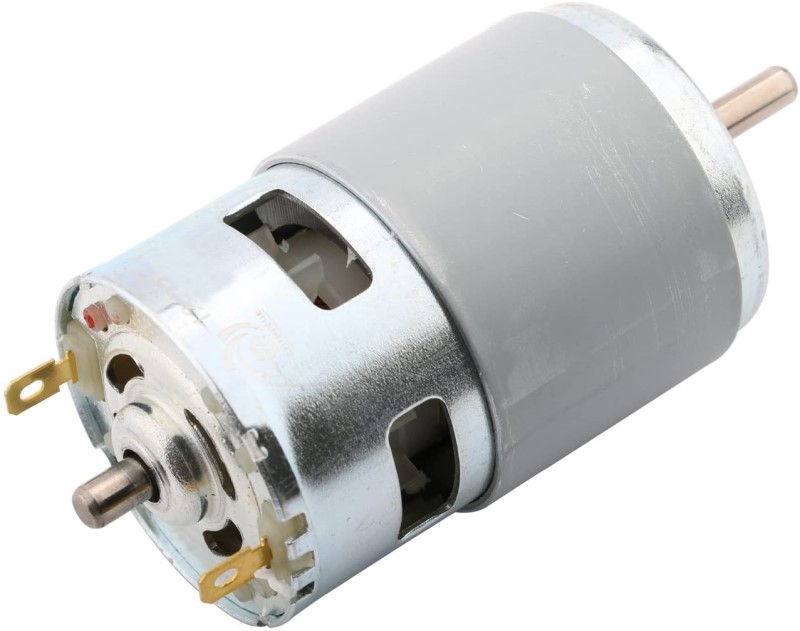
It is easy to find DC motors since they are all around us in multiple applications and processes. DC motors have been used as a mechanical power source for over 130 years. The variations in their use run from providing power to a ceiling fan in a bedroom to supplying mechanical energy to a large printing press.
The list below provides descriptions of a few of the millions of uses for DC motors.
Diesel Electric Locomotives
In a diesel electric locomotive, combustion from the diesel engine is converted into rotational energy by the diesel engine, which is coupled with a generator that converts it to electrical energy. The converted electrical energy is fed to DC motors that are coupled with the wheels on the engine.
Electric Vehicles
Brushed DC motors are used in electric vehicles for retracting and positioning electrically powered windows. Since brushed motors tend to wear out rapidly, many electric vehicle applications use brushless motors due to their long life span and noiselessness.
Brushless DC motors are used for windshield wipers and CD players. All of the recent hybrid electric vehicles depend on brushless DC motors.
Cranes
In applications with overhauling loads, it is important for the motor to have the ability to hold a full load at zero speed where mechanical brakes may not be required. In those situations, DC motors are the most cost effective and safest option. A major benefit of their use is their size and weight.
Conveyor Systems
Conveyor systems require constant speed and high torque, which makes DC motors an ideal option. As has been found with other applications, DC motors have high torque at start up and even consistent speed. Brushless DC motors are the most commonly used for conveyor applications. They are noiseless and can be easily controlled, a major requirement for conveying systems.
Ceiling Fans
Ceiling fans made with DC motors have become extremely popular. They use less power and have a rapid start up torque. The alternating current in a home or office is easily converted to DC power by a transformer, an effect that decreases the amount of power required by the fan. As with other DC motor applications, brushless DC motors are most commonly used in ceiling fans.
Pump Drives
DC motors have been the main driving force behind pumps for several decades because of their variable speed control, simple control system, high starting torque, and good transient response. For many years, pumping systems depended on brushed DC motors as their primary source of energy.
The development of permanent magnet DC motors and brushless DC motors have offered a more beneficial option for pump system operations.
Elevators
In high speed elevators, AC motors are impractical due to their difficulty decelerating and accurately leveling with the floor. These problems are overcome with DC motors because they allow for infinite control of their speed by varying the current supplied to the armature.
As with ceiling fans, the operation of a DC motor for elevators depends on changing the incoming AC current to DC current through the use of a transformer.
Advantages and disadvantages of a DC motor
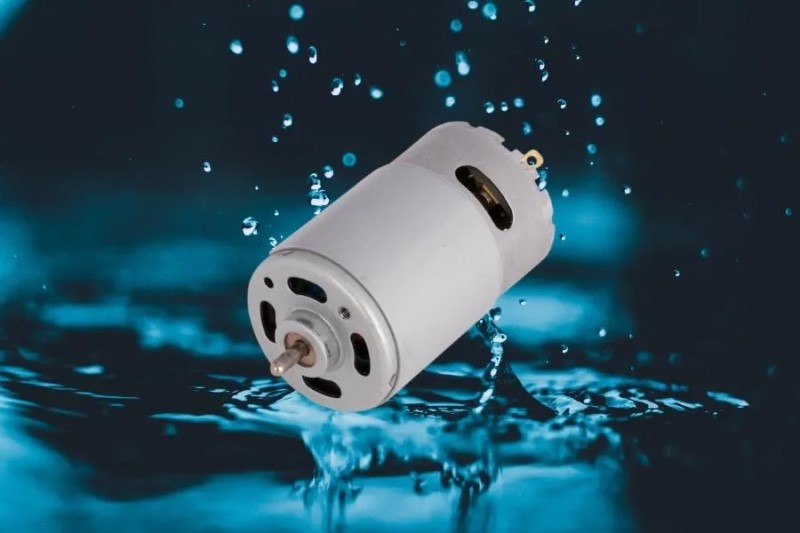
When it comes to starting and regulating speed, brushed DC motors have a good performance. The torque density is relatively high for these motors. A Direct Current motor runs smoothly and the range of speed regulation is wide. The overload capability is strong and the electromagnetic interference is small.
A disadvantage of the DC motor is the structure. There is a sliding contact between the commutator and the brush. This causes sparks and mechanical wear. Direct Current motors have relatively short life expectancy because of this and the motor has high maintenance cost. It also raises reliability concerns.
FAQs
How does a DC motor work in simple terms?
When the motor is powered by DC current, a magnetic field is created within the stator, attracting and repelling the magnets on the rotor. This causes the rotor to start rotating. To keep the rotor rotating, the motor has a commutator.
What is difference between AC and DC motor?
In AC motors, the armature is stationary while the magnetic field rotates. In DC motors, the armature rotates while the magnetic field remains stationary. In AC motors, three input terminals (RYB) are present. In DC motors, two input terminals (positive and negative) are present.
Which side of DC motor is positive?
Usually, these wires are marked red and black where red is positive and black is negative. Although these wires are marked positive and negative, unlike the battery, where these polarities can’t be mixed, here in the DC motors they can be mixed.
Above is information about What is a DC Motor? that we have compiled. Hopefully, through the above content, you have a more detailed understanding of How does a DC motor work? Thank you for reading our post.

